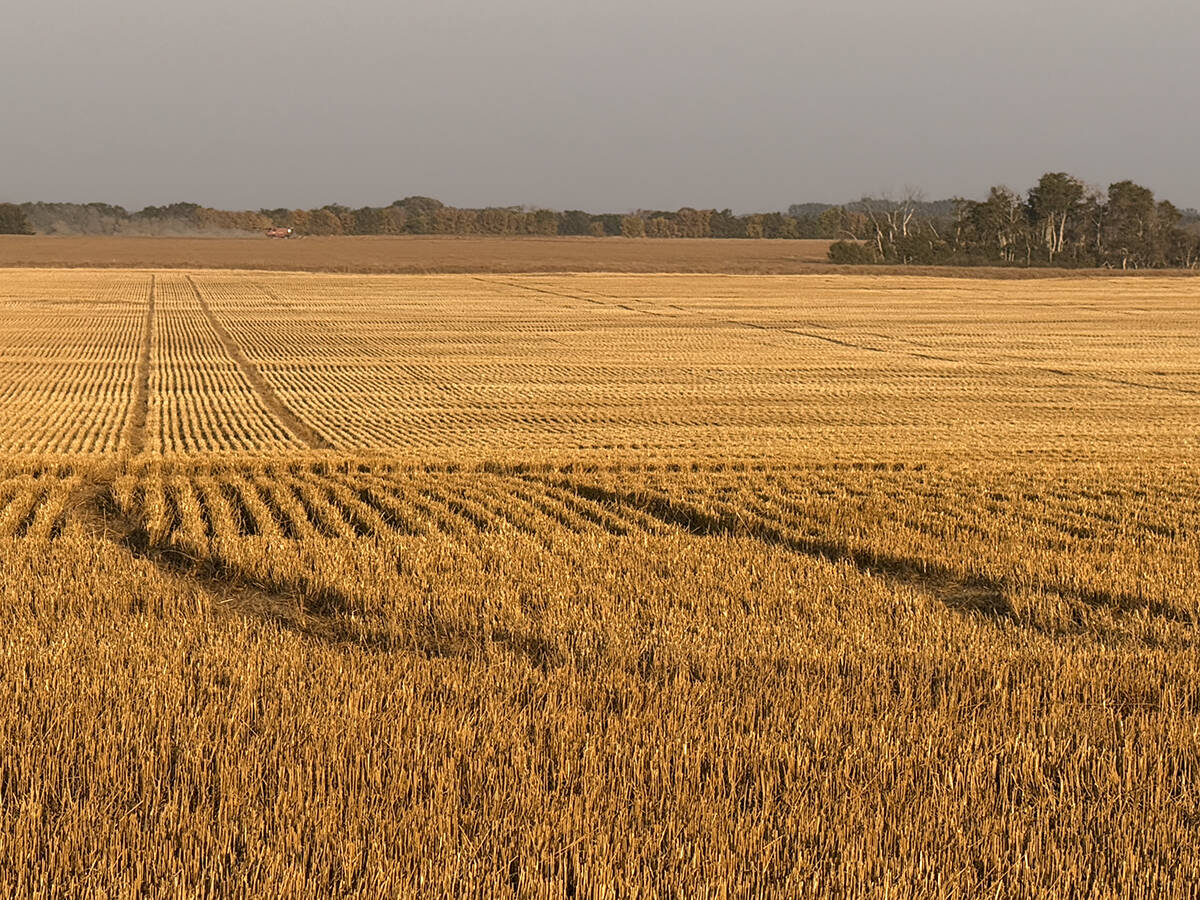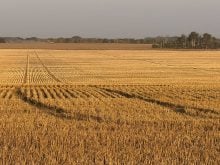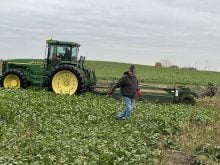WINNIPEG – Pea growers say they are looking forward to a more transparent price for their product when a new futures contract starts trading later this year, and won’t be scared away by an offshore pricing point and trading in U.S. currency.
Earlier this month, the Winnipeg Commodity Exchange announced it will launch the world’s first feed pea futures contract on Nov. 1, with February 1996 as the first month listed for trading.
The price reference point is based on cost, insurance and freight (c.i.f) to the Dutch ports of Amsterdam or Rotterdam or the Belgian ports of Antwerp or Ghent.
Read Also

Final crop reports show strong yields, quality
Crops yielded above average across the Prairies this year, and quality is generally average to above-average.
Peter Lloyd of XCAN Grain Pool, who chaired the exchange committee that designed the contract, said the c.i.f. contract is logical because most feed peas produced in Canada are exported to Europe.
Brian Clancey, a pulse crop analyst with STAT Publishing in Vancouver, agreed. “Our industry is completely export-based,” he said.
The c.i.f. contract is something new to Winnipeg, and Sandra Craven, spokesperson for the exchange, said it should attract international exporters and consumers as well as domestic players.
“It will be a little more complex for, say, a local farmer to figure out what the price means,” Craven said. “And certainly, it’s a trade-off. When we were looking at a domestic contract, say, something that would have delivery in Western Canada … then you really eliminate any chance of international participation.”
Takes some learning
Tom Jackson, who grows peas east of Edmonton and is a commissioner on the Alberta Pulse Growers Commission, said that while it won’t be a simple contract for farmers to use, it’s not impossible.
Jackson said that farmers could look at the October contract before they plant their peas and hedge their production, just like they do with other grains now.
Farmers will also have to hedge currency if they’re concerned it will move. But he said some farmers, like himself, who currently use Chicago soymeal, soybean and corn contracts for cross-hedges, already deal with currency “and it hasn’t been a huge problem.”
Jackson was optimistic about the benefits the contract could have for farmers. “I think basically we would like to have transparency in the system, and as it stands today, it’s difficult to find what basis is being paid between here and Rotterdam,” he said.
Jackson also said that when world markets in competing products like soy meal and soybeans go up, feed pea prices often do not rise. “It would appear to (producers) that somehow, it’s not getting back to us when there’s a change in the world situation.”














